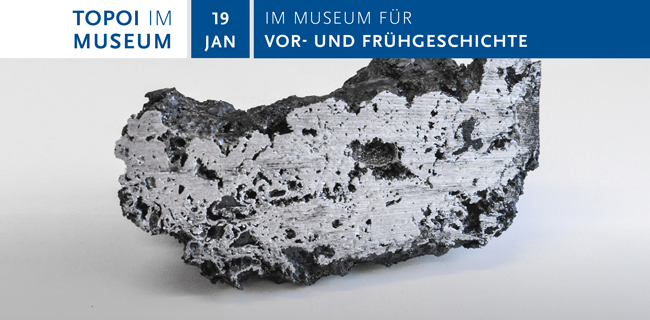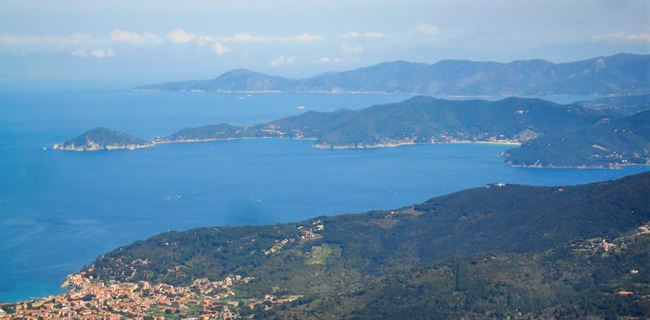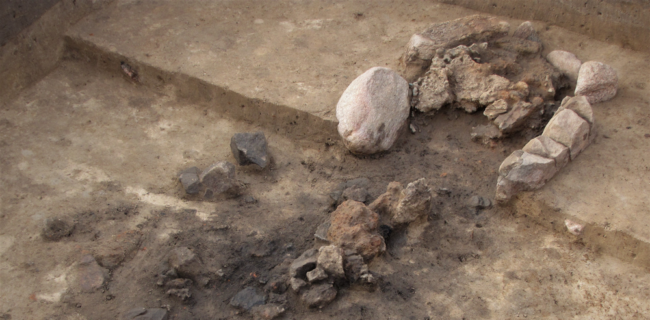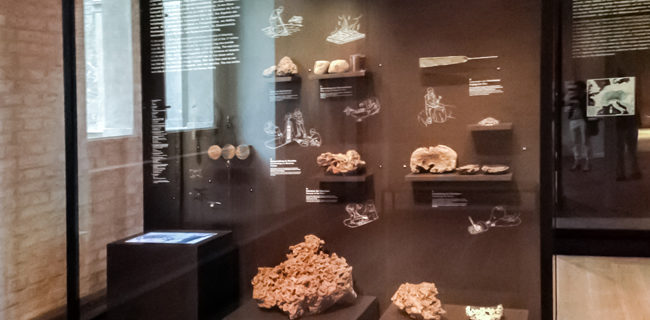The use of raw materials reveals clear connections between the knowledge of space and technological knowledge. An excellent example of this is the use of iron ore; iron extraction and processing requires not only knowledge of the location of concrete iron ore deposits, but also reliable knowledge of the complex smelting process.
| 25 | Researchers |
| 7 | Research Projects |
| 4 | Dissertation Projects |
| 23 | Publications |
| 8 | Events |
| 5 | Cooperating partners |
In a process spanning many centuries, iron smelting technologies spread from Anatolia in the 3rd millennium BC to reach the cultures of the northern Central European lowlands in the 4th c. BC. The projects carried out in research group A-5 focued on questions concerning the introduction and development of these innovations in various cultural situations and regions. This involved examining social integration as well as specific technological developments and ways of managing resources.
The interdisciplinary character of the group, which includes archaeologists, linguists and geographers, allowed for the inclusion of ancient texts, archaeological sources and evidence concerning the potential of and changes to regional resources. The group’s research on innovative processes and their spatial effects, as well as on knowledge-based land use practices was rigorously integrated into the Key Topic Innovation. Furthermore, economic issues that promised to yield important results were addressed through questions concerning the organization and distribution of production. In this way, the research group was also contribute to discussions concerning the Key Topic Economy.
Research Projects
- (A-5-1) Iron smelting in the Teltow
- (A-5-2) Iron mining in the Przeworsk Culture
- (A-5-3) The beginnings of iron
- (A-5-4) Iron mining and smelting in the (northern) Tyrrhenian Sea (Sardinia, Elba, Populonia)
- (A-5-5) Iron smelting in the Baltic region
- (A-5-6) Early Iron in Eastern Europe
- (A-5-7) Iron technology in the museum
Dissertations
- (A-5-2-1) Human and Environment Interactions in the Environs of Prehistorical Iron Smelting Places in Silesia and Brandenburg
- (A-5-2-2) The beginnings of iron smelting in the area of the Przeworsk culture
- (A-5-4-1) Iron, landscape and humans on Elba in 1st millennium BCE
- (A-5-4-2) Iron mining and smelting in the Tyrrhenian Sea




